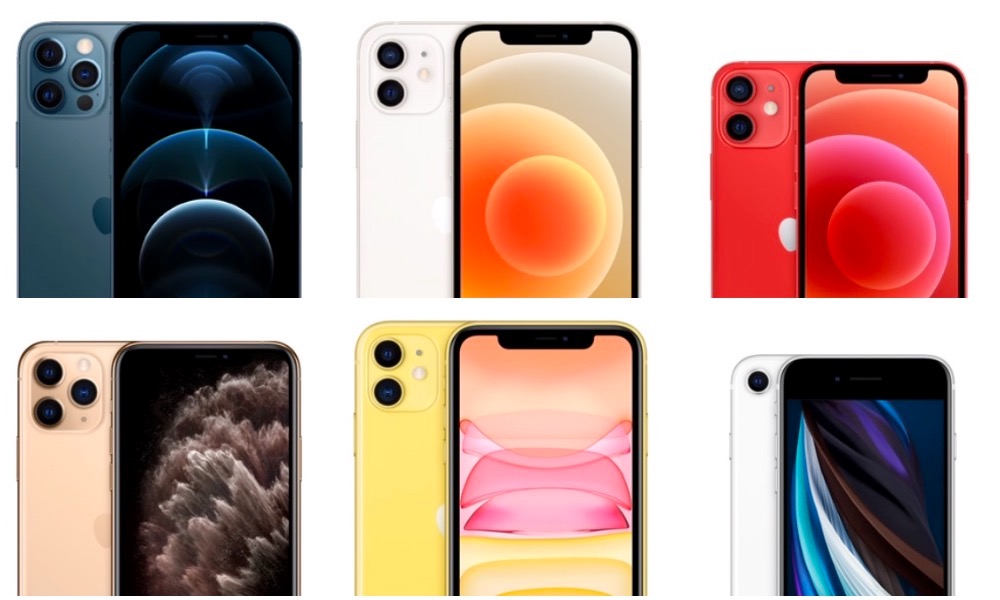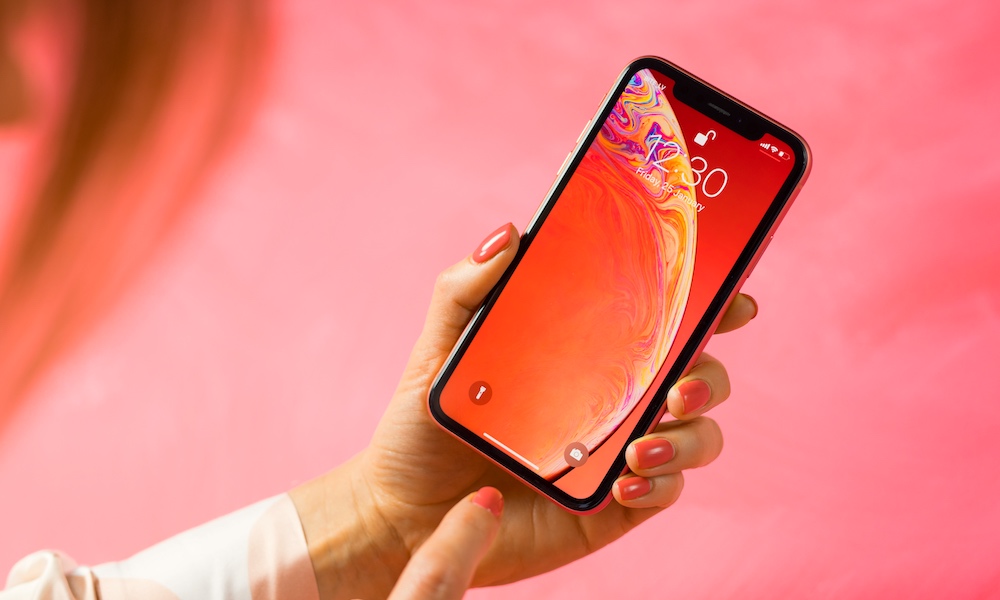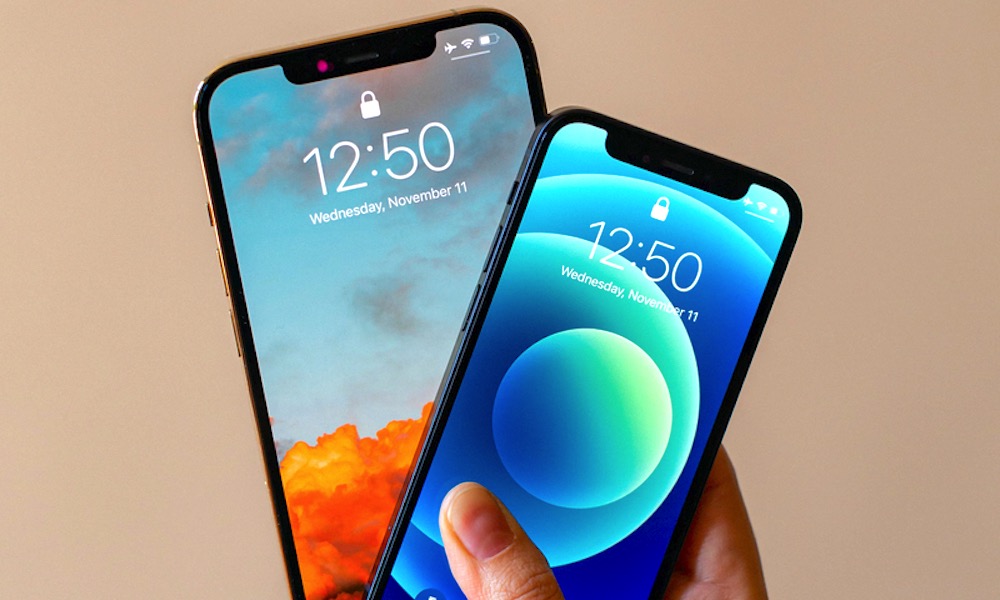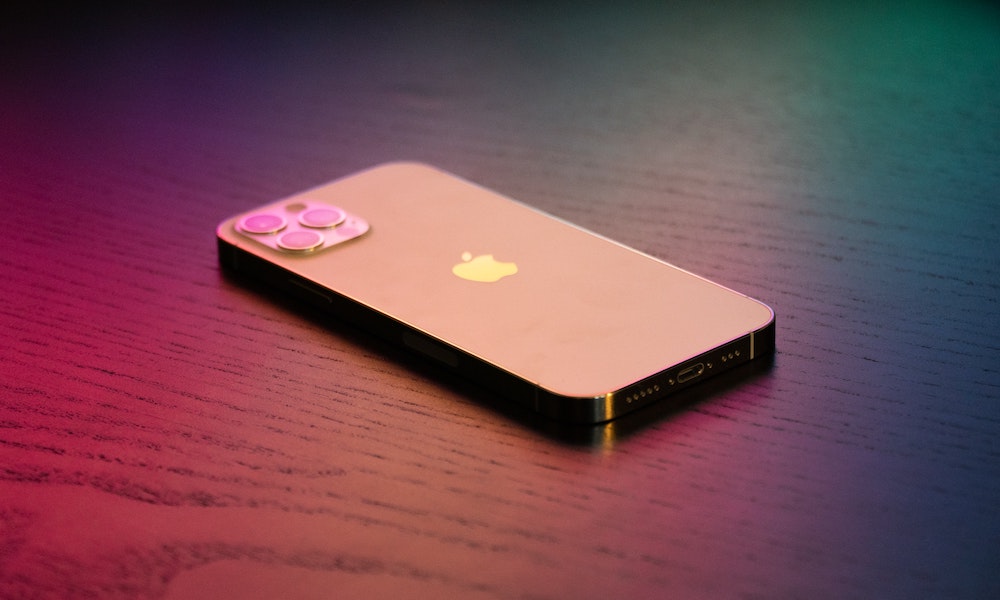Breaking Down Apple’s Current (and Somewhat Confusing) iPhone Lineup
 Credit: Apple
Credit: Apple
Toggle Dark Mode
Apple has long been known for its top-notch quality products with software and hardware all designed hand-in-hand. It’s also known for the high-sticker prices attached to them. While one could argue that Apple simply doesn’t make cheap products or has a heavy focus on premium build quality, there’s no mistaking a certain “Apple tax” that’s sometimes applied to a shiny new gadget simply for having a fruit logo displayed on it.
High-prices sometimes work for computers, tablets, and other premium devices; but, with phones it gets a bit tricky—especially when there are so many options on the market. The iPhone is able to command a high price tag thanks to its isolated ecosystem, top-of-the-line hardware, and its strong following; but, that doesn’t mean everyone is able to pay the price. Though the years, there’s no denying the price of the iPhone has raised a bit. That being said, with more and more models on the market, it’s never been easier to get an iPhone that means your budget and performance needs.
Let’s take a look at Apple’s current product range and respective prices.
New vs. Used vs. Refurbished
Before we get started, it’s important to remember that you can purchase iPhones new, used, on sale, or even refurbished. So before you go out and drop your hard-earned cash on a device in Apple’s current lineup, remember you may be able to find these same products (or older models) used, refurbished or on sale.
The best option is to look for devices that are on sale, or include some kind of incentive—such as a gift card or rebate. The next best option is refurbished. You can buy refurbished products from Apple itself, or from third-party or authorized retailers/vendors.
Another great option is to look for used iPhones that are part of Apple’s current lineup or previous models that may still have what you need. Keep in mind when purchasing used iPhones you’re doing it at your own risk and they may not include a warranty.
You can check out this page to get the best deals on new iPhones.
iPhone SE | Lots for Less (Starting at $399)
Coming in at just $399, the second generation SE is the least expensive iPhone you can buy directly from Apple; and to be honest, it’s not bad.
Although it’s Apple’s basic starter phone, its A13 Bionic chip is wicked fast and it’s the same chip found in the iPhone 11 Pro. It includes features such as Qi wireless charging and water resistance. It doesn’t have Face ID, but this may be a plus for users who still want Touch ID. Overall, it’s a great phone for the price.
Pros
- Lowest price for a new iPhone.
- Fast A13 Bionic chip.
- Wireless charging.
Cons
- Small display.
- No Face ID (but, it does have Touch ID).
iPhone XR | It’s an Old Phone, But It Checks Out (Starting at $499)
The XR (pronounced “ten R”) is a bit of a quirky phone that we don’t really recommend. On one hand you get an edge-to-edge (LCD) display and Face ID; but, on the other hand, you get an older chip (the A12 Bionic) than the iPhone SE. The SE is even upgradable to more storage capacity than the XR. Furthermore, their camera systems are essentially the same.
If you only care about Face ID, the larger display, and the wide assortment of color options, the XR might be the phone for you; but, overall the SE has better hardware for $100 less.
Pros
- Edge-to-edge display.
- Face ID.
- Wireless charging.
- Wide variety of color options.
Cons
- Older chip (A12 Bionic).
- Outdated LCD display instead of OLED.
iPhone 11 | It’s Still Got It (Starting at $599)
While the iPhone 11 Pro is no longer available, the regular 11 is; and if you want something better than the SE, this is it. The 11 comes in six colors, has the A13 Bionic chip, an edge-to-edge OLED display, Face ID, an ultra wide band chip (for spatial awareness), better water resistance, and a dual camera system.
That’s right, for just $100 more than a XR, you get a huge upgrade. The 11 is still a killer phone, and if you’re not interested in the latest iPhones and want to save $100, this is the phone to get.
Pros
- Fast A13 Bionic chip.
- Edge-to-edge OLED display.
- Face ID.
- Better dust and water resistance.
- Ultra wide band chip for spatial awareness.
- Dual camera system.
- Wireless charging
- Wide variety of color options.
Cons
- No 5G.
- Missing the newest features introduced with the iPhone 12, 12 Pro, and 12 Pro Max.
- Doesn’t have the same features as the 11 Pro (such as the telephoto lens). The 11 Pro is no longer available directly from Apple.
iPhone 12 | Apple’s Newest Phone (Starting at $699)
Of course, maybe you want the latest Apple has to offer. If so, your first option is the iPhone 12 and iPhone 12 mini. The mini starts at $699, while the regular 12 starts at $799. These phones are quite a bit pricier than the other phones we’ve seen so far, but you get a few new features and upgrades.
The 12 and 12 mini come in five, eye-popping colors: blue, green, red, white, and black. The mini has all of the features of the 12, packed into a more compact, hand-friendly device. Both phones feature and edge-to-edge OLED display, Face ID, and the features found in previous phones; however, the new phones also have the new A14 Bionic chip, which Apple calls the “fastest chip in a smartphone.” The phones also feature 5G connectivity, so you get the fastest available cellular data speeds.
In addition to being speedy, the phones have vastly improved dust and water resistance. Adding to their durability is Apple’s new Ceramic Shield glass on the front of the device which promises 4x better drop performance over previous models.
But it’s not just quicker and stronger. It’s also more innovative thanks to Apple’s new MagSafe features that allow you to connect MagSafe accessories and chargers with a snap thanks to magnets built in to the back glass.
The camera array is similar to what’s found in the iPhone 11, but features an improved aperture, better HDR support, and improved video recording.
In addition to all these new features, iPhone 12 features an all-new design that seems inspired by the iPhone 4 and iPhone 5. Its flat edges and aluminum frame may not be for everyone though, if you prefer round edges and don’t care about the upgrades, consider one of the aforementioned phones in this article.
Pros
- The same fast A14 Bionic chip found in the iPhone 12 Pro models.
- 5G connectivity.
- MagSafe wireless charging and accessories.
- Ultra wide band chip for spatial awareness.
- Improved dust and water resistance.
- 4x better drop performance than the previous models.
- Improved dual camera system.
- Available in two sizes to accommodate different preferences.
- Edge-to-edge Retina OLED display with truer blacks than last year’s model.
- Most of the main features from the iPhone 12 Pro for $200 less.
- Multiple color choices.
Cons
- Some people may not like the way the flat edges feel in their hands.
- No Touch ID in the side button like the new iPads.
iPhone 12 Pro | The Ultimate Smartphone (Starting at $999)
If you’re in the market for the best of the best, the iPhone 12 Pro takes everything from the standard iPhone 12 and adds even more. But… it comes at a starting price that’s $200 more. That’s right, this premium phone starts just a dollar shy of $1,000! (And the Pro Max starts at $100 more than that!)
If you can get past the price, or justify it, the iPhone 12 Pro could be worth it. It really comes down to what you need and want; and this phone just about has it all.
In addition to all of the features of iPhone 12, the Pro adds a more premium design/build, a better camera array, and LiDAR. But, that’s it. So if you don’t want any of those things, save yourself $200 and go with the standard iPhone 12.
The premium design quality of the iPhone 12 Pro consists of a frosted glass black and stainless steel frame. The phone is available in four beautiful colors: Pacific Blue, Gold, Graphite, and Silver.
The camera system features a third camera that’s capable of taking RAW photos, recording HDR videos at 60fps, and taking night mode portraits. The camera array also has a LiDAR sensor which is able to improve AR functionality and help take better photos. The Pro Max also adds sensor-shift optical image stabilization to improve videos.
So again, you really just get a better camera and steel frame design. It’s great and looks great, too. But if it’s not what you need, you may want to save yourself $200.
Pros
- All the great features of the iPhone 12.
- A premium steel frame design with frosted back glass.
- Multiple color options.
- Telephoto lens for 2x optical zoom.
- LiDAR sensor for improved photos and advanced AR.
- Sensor-shift optical image stabilization on the Pro Max.
- Pro Max offers a massive display.
Cons
- Expensive.
- Flat sides may make the larger Pro Max feel unwieldy.
What About the iPod touch?
If you’re looking for a mobile device similar to the iPhone, but you don’t need cellular features or a dedicated phone number, an iPod Touch could be a good choice. Many apps will allow you to use VoIP (if you need a phone number) or you can also use FaceTime audio or video to place calls.
While this isn’t really an iPhone replacement, it can be a good option for children or people who want a cheaper iOS device. Again, this won’t be a replacement for a phone. It’s also worth keeping in mind that the device hasn’t been updated in two years and uses a lot of old hardware. But, they start at $199, so if you need a cheap device that runs the latest version of iOS, a 7th generation iPod touch might do the trick.
Which iPhone Should You Get?
At the end of the day, you need to choose the phone that you like best (and that’s in your budget), hopefully this list helped. The phones in this article are currently available from Apple; however, older models may be available new or used from some vendors and you might find some better deals at retailers such as Walmart or Best Buy. Additionally, you can check out Apple’s refurbished products for like-new products at a discounted price.
What iPhone are you using? Do you like it? What will you get next? Let us know in the comments and on social media. Have a happy, healthy, and safe holiday season. Thanks for reading!











